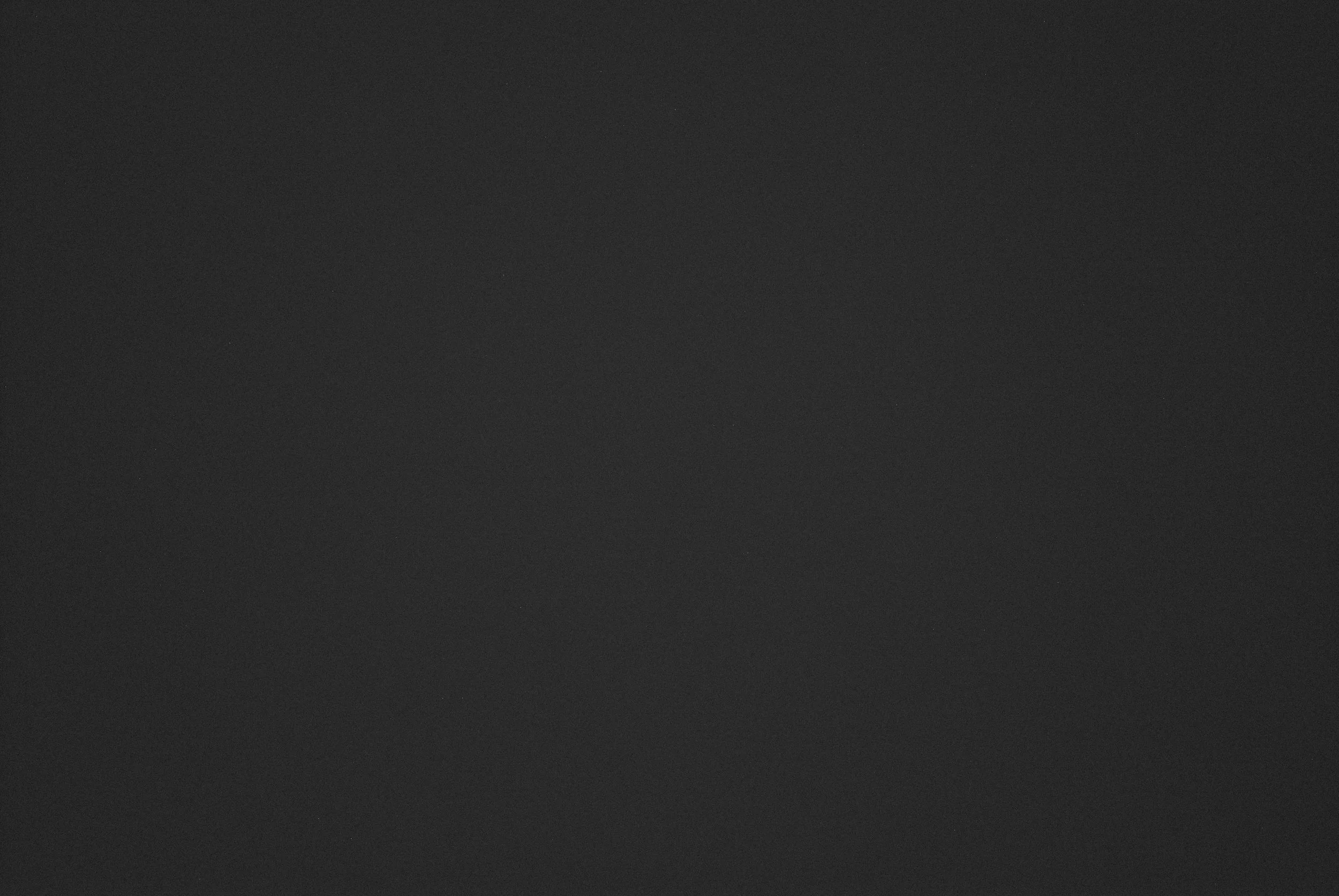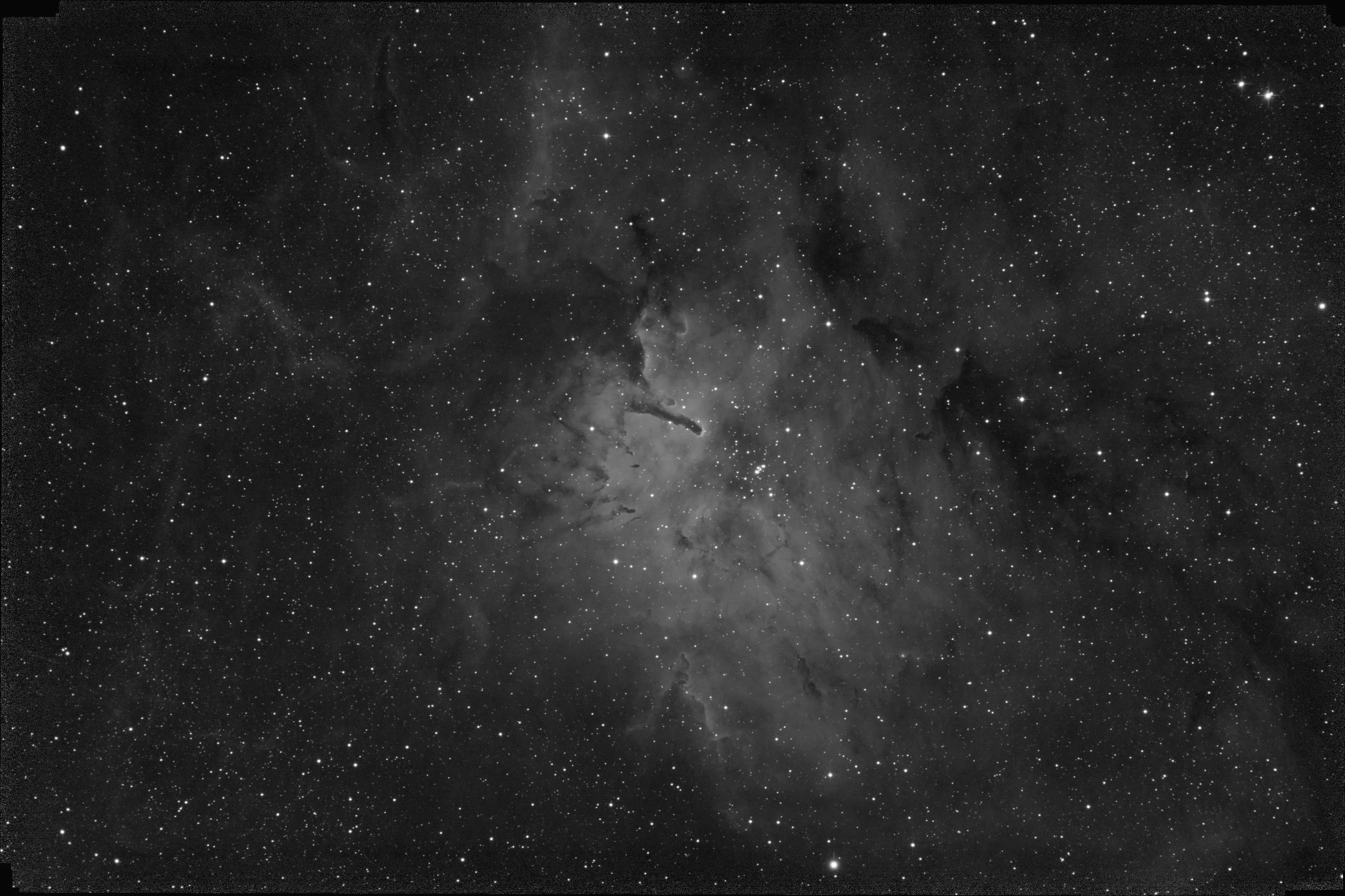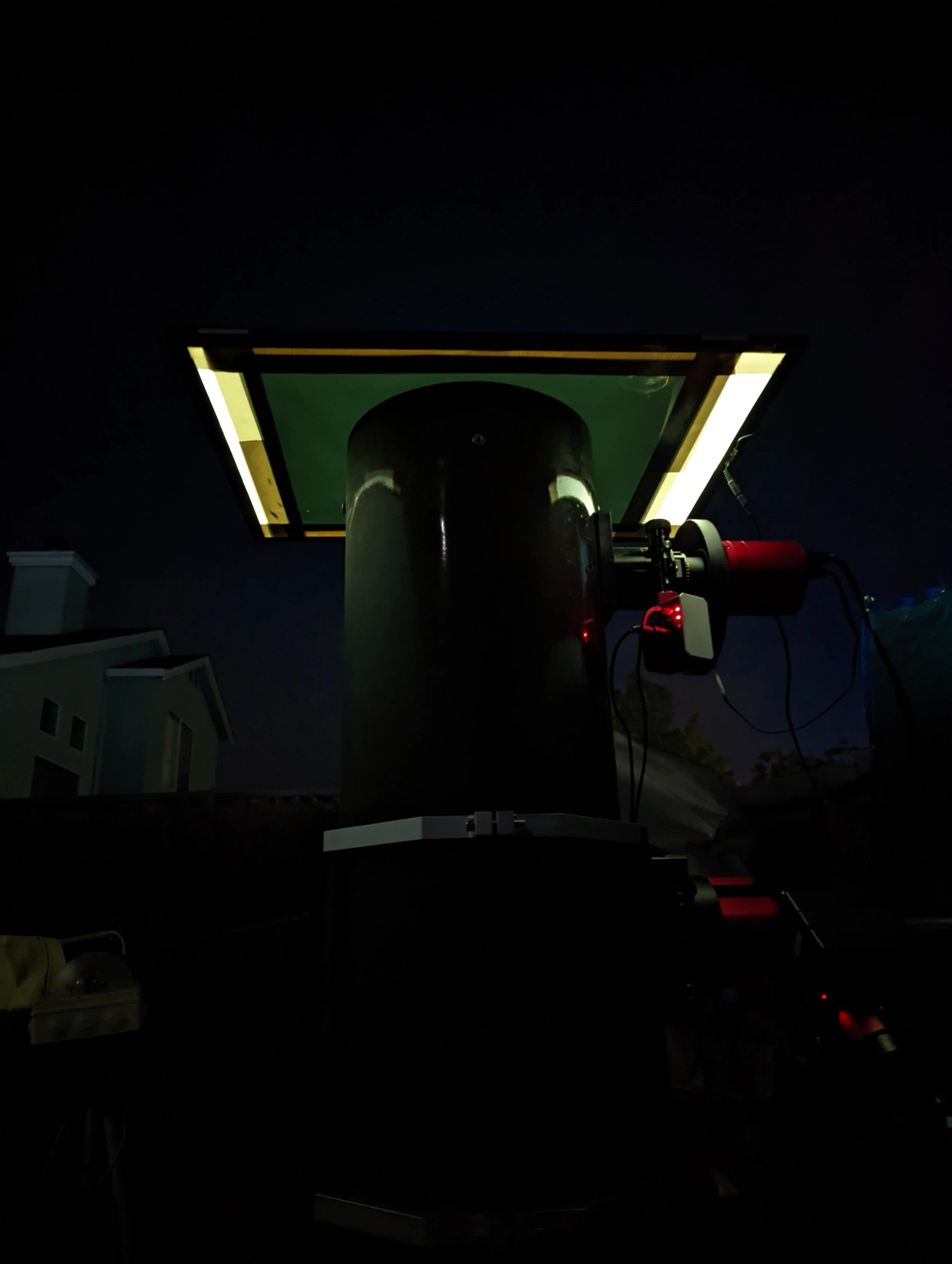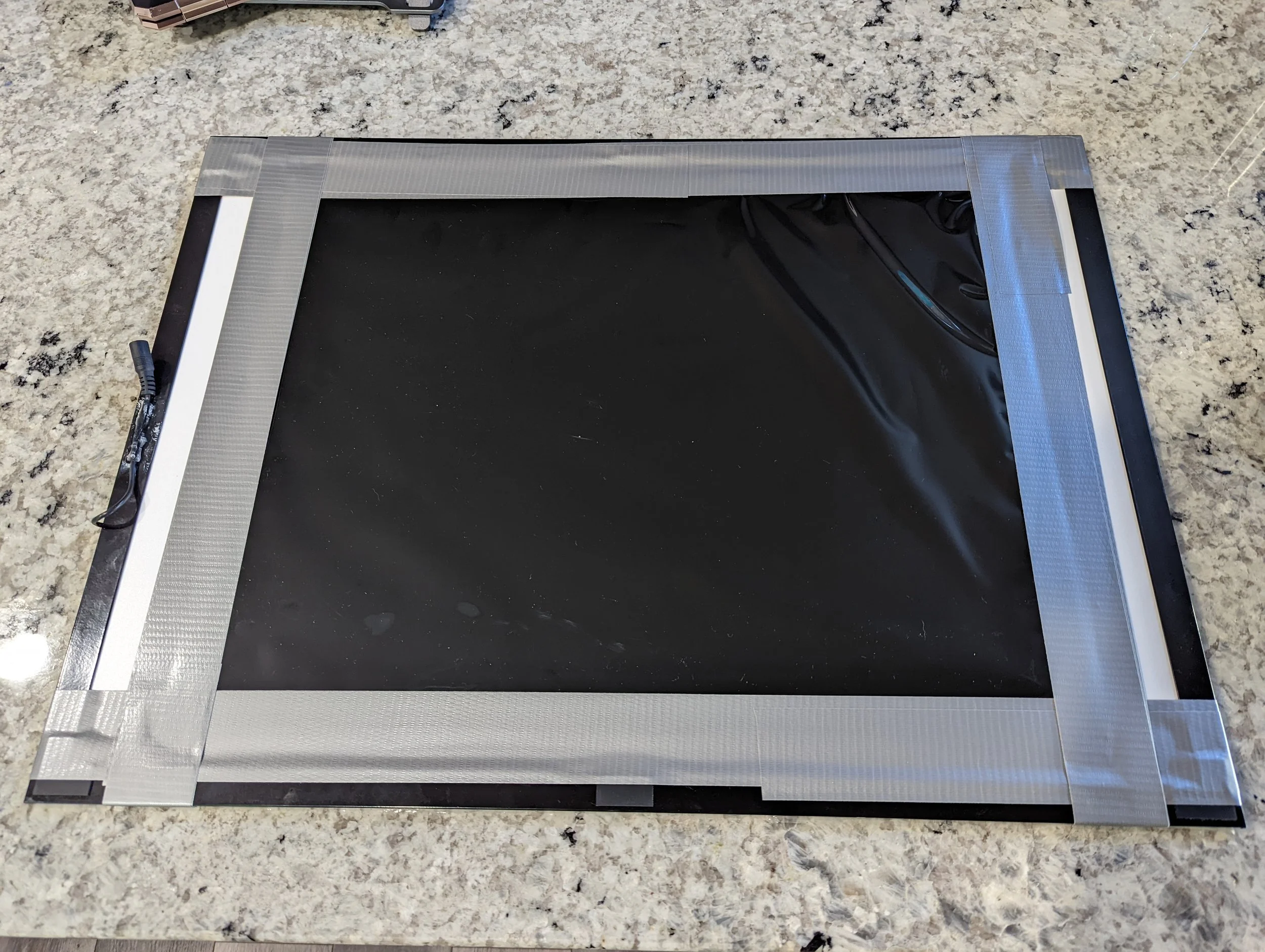DIY Flat Panel
I often see people complaining about how difficult it is to make good flat frames. It doesn’t have to be. All one needs to reliably make flats is a good flat light source and understanding of their image train. There is no one size fits all approach to flats. The method you use for one telescope may not work the next. That doesn't mean the method is wrong. It simply means it’s wrong for that particular scope and/or image train.
Case in point, I used to take my flats between ⅓ and ½ of the histogram for my first 6 telescopes (all refractors) because that was always the advice given online whenever the subject of flats was brought up. That method worked too, well for all of them. Then I got my first reflector telescopes in the form of 2 200mm Ritchy Chritein reflectors. When I first got them I was using ASI1600 cameras then eventually changed to ASI294mm cameras. Those 294 were full of issues but again flats at ⅓ to ½ histogram worked just as well as with previous scopes.
Then I upgraded to IMX571 sensors and BOOM! Big problems. I was suddenly being faced with nasty reflections in the middle of my calibrated frames. It took weeks of investigation and experimentation to track down the problem. I had never been so close to giving up on a telescope before. The problem and solution ended up being simple… The flats were too bright.
For my 16 bit cameras ⅓ to ½ histogram translates roughly to between 20,000 and 30,000 ADU. Only when I reduced the exposure of the flat frames to an incredibly low 1000 ADU did the data start calibrating without reflections. Eventually I purchased a 10” Newtonian telescope and again anything over 1000 ADU resulted in bad reflections. Below 1000 ADU, cleanly flat fielded data. I eventually settled on an ADU of 450-600 across all filters whenever I’m using a reflector telescope.
“450 ADU?!? You’re under-exposing your flats!”
I get that every single time I get into this topic with someone. The fact of the matter is flat frames don’t have an inherent need to be at a specific exposure. It all depends on the setup. Generally speaking, as long as the flats aren’t clipping either side of the histogram they will work. 450 ADU looks extremely dark but we have to remember that it isn't about how bright the flat frames look to our eye. It’s about the digital readout value of each pixel. That's what our stacking software uses to calculate and correct the field. So all that matters is the brightness of the pixels be enough to characterize the field. So yes 450 ADU is pretty dim, but it is bright enough to characterize the field without being so bright that reflections appear. For the sake of simplicity, I use the same exposure values for my refractor flats and they work just as well for them.
Here’s an actual master flat that I’ve been using to calibrate the 3nm Hydrogen-alpha data for my current project along with the result of that calibration. Looks flat and dustless to me.
With all that out of the way, here’s how I take my flats:
What you’re looking at is an A4 drawing pad from Amazon. It’s big, provides a very flat and colorless light source, and at $60 is relatively inexpensive. Anyone who has looked at dedicated flat fielding devices knows that they get expensive fast especially when you have large aperture telescopes. I also have a much more expensive 13” Spike-a-flat panel but bulkiness aside both panels suffer from the same problem.. At their dimmest setting they’re still too bright for the reflectors. This is where ND film comes into play. Anyone who does photography or videography has heard of neutral density film/filters. They exist to perform one simple function.. Reduce the amount of light that reaches the detector without affecting color. This is perfect for a flat fielding device because it means I can further dim the panel’s light while ensuring that the light stays flat white.
Adding the film to the panel is easy. Simply point your scope to the zenith and place various combinations of film between the panel and scope. Take test frames and repeat until the light is at the level you need it to be. I do this with the luminance filter as it is the brightest filter. Once I have the combination of film that results in 450-600 ADU flat exposures I simply secure the film to the panel. This can be done with glue or tape. I chose tape so that it isn't permanent and I can change the film easily should the need ever arise.
ND film can also be useful for sky flats. I’m sure many who take sky flats know the pain of needing to make new flats but it's too late in the day, the sky is too bright, and that white t-shirt just isn't reducing the light enough. With enough ND film you could take flats under the noon sun and still make them as dim as your image train requires.
So in summary, don’t marry yourself to a single method of taking flats. Use the method that is right for the scope/image train. If you have multiple setups that may very well mean you need




